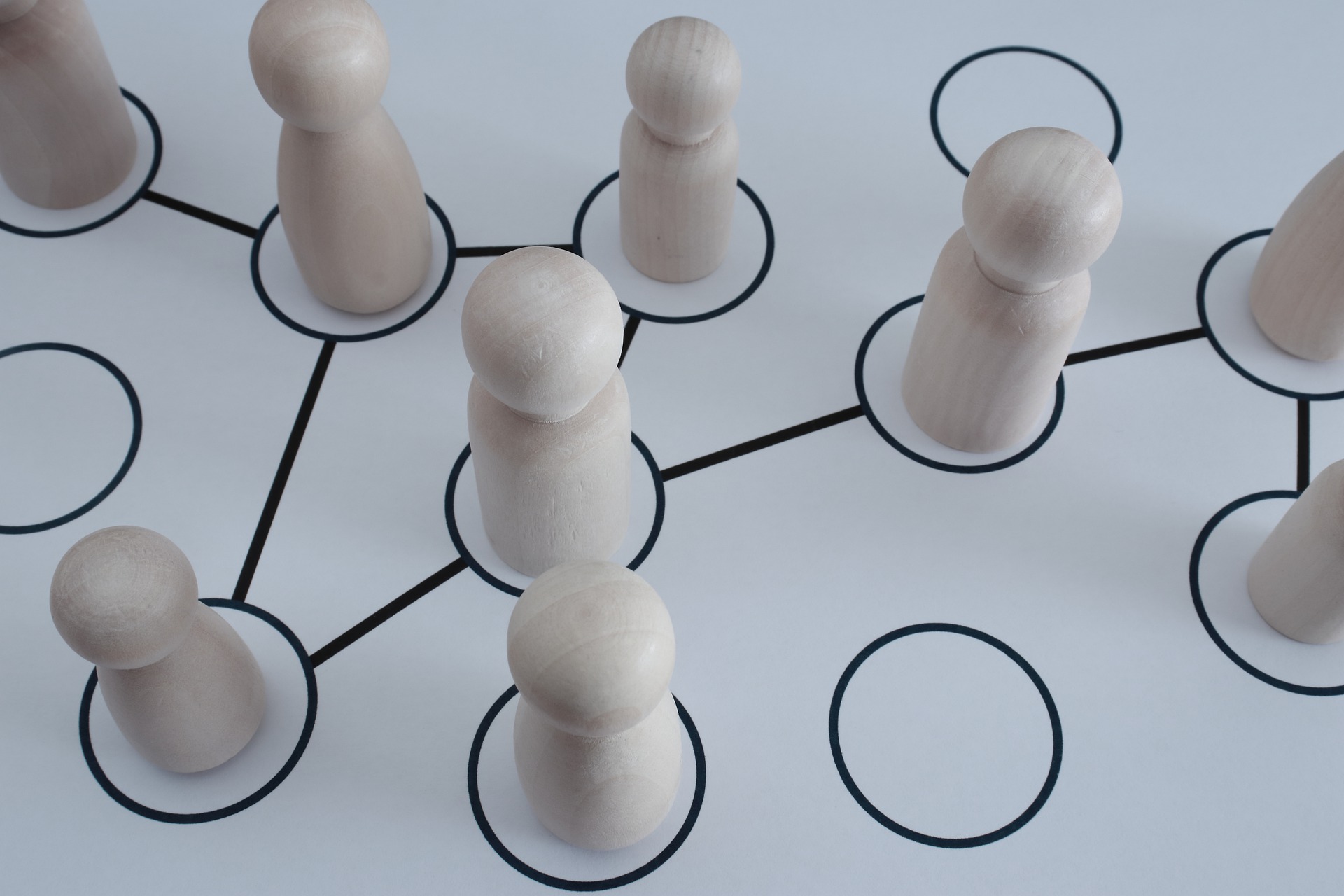Science Communication

Clearly communicating scientific findings are as important as the findings themselves. This is important for the progress of science, but also for equity and inclusion See teaching route.
I strive for reproducible research by publishing well-documented code, and associated data (when possible) with each publication (my github).
I have taken multiple routes to develop my technical and non-technical communication skills:
Route 1: Teaching
Effective educators are dynamic communicators. They have developed methods to maintain engagement by soliciting real-time feedback, and reading non-verbal cues. This information is then used to alter the discussion so the student reaches the learning objective.
I have also fully embraced the idea of TILT (Transparency in Learning and Teaching) which promotes incorporating the how and why students are learning content. Including as little as two tilted assignments in a semester course can lead to significant impacts on sense of belonging, employer-valued skills, and retention. These gains were greater in underserved students (report).
I incorporate a TILT apprach into non-educational communications by paying close attention to the greater context of the subject area, and purpose of interaction.
For more information see my teaching portfolio.
I am a certified Carpentries instructor and have an Interdisciplinary Certificate in University Teaching from UGA.
Route 2: Communication Training
Communication is an exchange. That is why I have completed over 60 hours of active listening training through the Listening Ear. While at the University of Georgia, I completed a course on Communicating Research and Scholarship which was based on the pedagogy developed at the Stony Brook University’s Alan Alda Center for Communicating Science.
Route 3: Iterative Practice
Everyone comes to a conversation with a different set of experiences and expectations. That is why it is important to practice. This is one of the many reasons I started STEMzone.
I wrote the synopsis of completed research on this website as another way to practice communication to a non-technical audience. Related - if you come across something that is hard to understand - please let me know. I am always looking for feedback.
Data visualization is a deceptively hard method of communication. I joined a group effort to make Marcus Zokan’s amazing zooplankton dataset more accessible while learning javascript.